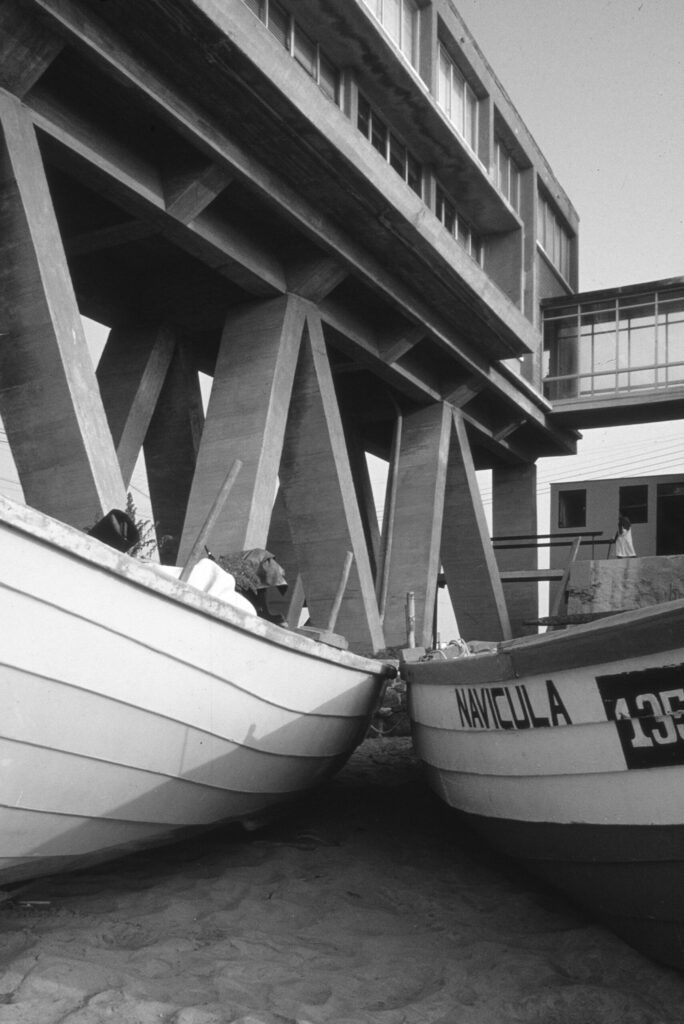Description
Reuse and transformation of a Modern Movement Masterpiece: UN-CEPAL-ECLAC Building, Santiago Chile.
Abstract:
Recent interventions in modern oeuvres of high cultural significance have set new challenges, opening discussion on the various positions associated with their preservation and sustainability. In particular, the relationship between newly conceived architecture and modern heritage, for which the analysis of the design in the original building, the ideas promoted in terms of its significance, and the results obtained in material terms, become the key features in each case. The experience of the United Nations ECLAC (Economic Commission for Latin America and the Caribbean) building in Santiago, Chile, may, in this sense, be of special interest in order to verify possibilities of sustainability that assume both the contingencies among which the rehabilitation process takes place and the values recognized in the building as a monument.

Image : Marine Biology Institute research Station. Enroque Gebhard 1941-1960. Photo Andres Tellez .
The Montemar Station as a Case Study
Abstract :
The building, designed by Enrique Gebhard (1909-1978) for the technical facilities of the University of Chile’s newly consolidated Marine Biology Institute, was built in two stages: the first one between 1941 and 1945 and the second between 1955 and 1959.
As one of the most representative buildings of Chilean modern architecture, the historical vicissitudes of its design and building process make it a perfect case-study through which to look at the development of twentieth century’s architecture.
As a case-study, Montemar has been a test-ground for the efforts made by Docomomo Chile to protect and remediate the present situation. Its relevancy as a key example of the best that modern architecture produced in Chile and Latin America makes it an iconic case in conservation issues regarding buildings that suffer decay by obsolescence, lack of maintenance, and the pressure for new uses.


